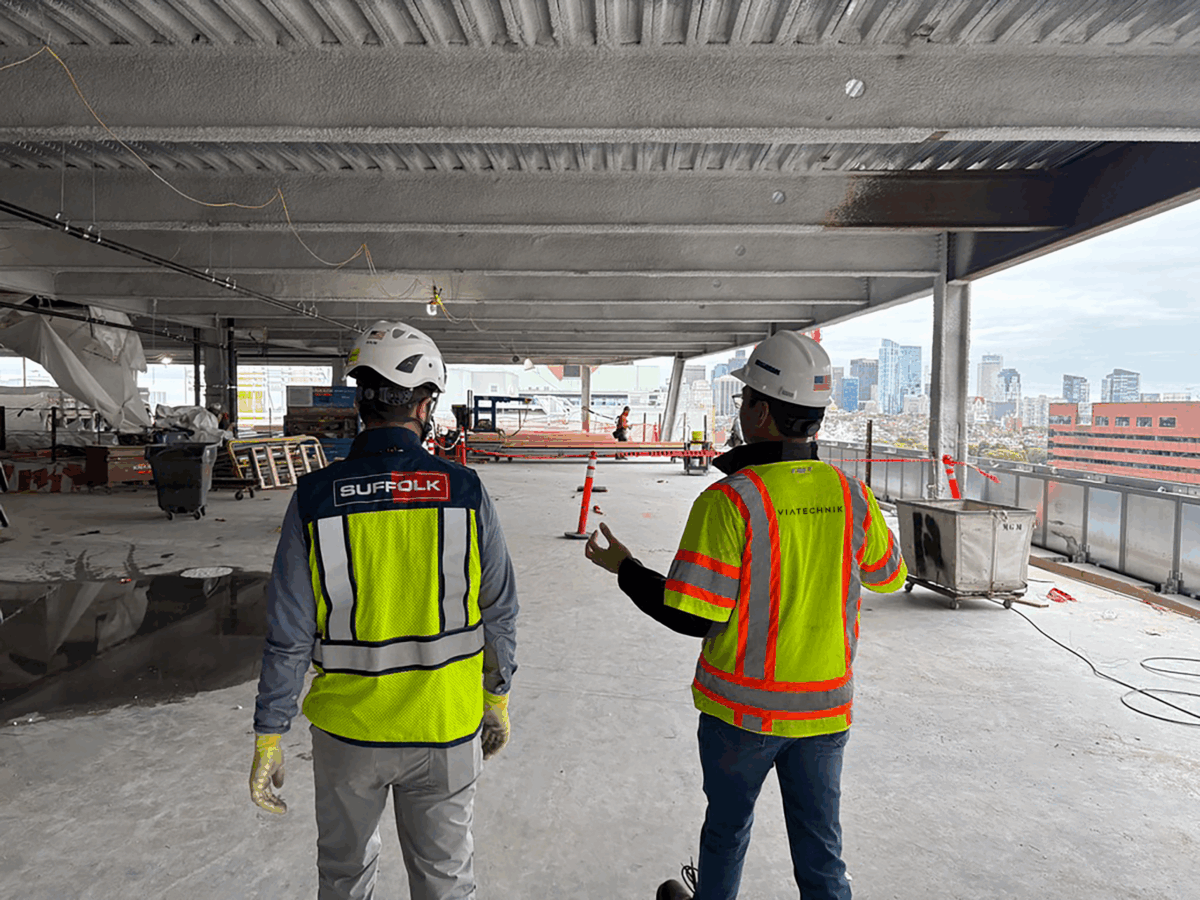
The Hidden Costs of Poor BIM Execution
Why cutting corners in your BIM strategy is more expensive for General Contractors than you think
Over the past decade, Building Information Modeling (BIM) has become the backbone of capital project delivery. The promise? Streamlined collaboration, better-informed decision-making, fewer surprises in the field, and a smoother transition into operations. But here’s the hard truth: BIM only delivers on those promises when it’s executed with consistency, rigor, and cross-functional alignment. Unfortunately, that’s not always the case.
In our work across the industry, particularly with our General Contractor clients, we see a pattern. Teams are “doing BIM,” but without a clear execution plan. The result? Fragmented models, outdated data, and missed handoffs.
BIM Failures Don’t Always Announce Themselves
BIM breakdowns don’t usually show up in bold letters on a project dashboard. Instead, they quietly ripple across your timeline, your budget, and your relationships.
- A design coordination issue spotted too late becomes a costly rework in the field.
- Inconsistent modeling standards lead to confusion, wasted effort, and siloed workarounds.
- A missing asset in the model means a missing data point for the facilities team, impacting everything from maintenance to energy management.
These are the hidden costs of poor BIM execution. They’re hard to track, easy to ignore, and incredibly expensive to fix once the building is already going vertical.

3 Common BIM Execution Gaps and What They’re Really Costing You
- Inconsistent Modeling Standards: When every team brings their own tools, naming conventions, and LOD expectations, BIM becomes a patchwork. Difficult to manage and nearly impossible to rely on for decision-making.
The cost: Excessive time spent reconciling models, increased RFIs, and preventable field errors. - Late or Surface-Level Coordination: Without early BIM integration and meaningful design reviews, clashes go unnoticed, constructability suffers, and field teams inherit coordination issues that could’ve been resolved during preconstruction.
The cost: Delayed schedules, change orders, and eroded trust between stakeholders. - Poor Turnover for Operations: If your BIM process doesn’t consider the needs of facility operations from the start, the final model becomes just another file that gets shelved. Missing asset data, disorganized documentation, and no link to live building systems render it practically useless.
The cost: Missed opportunities for proactive maintenance, poor visibility into asset performance, and a broken bridge between construction and operations.
This Isn’t Just a Technology Problem
Too often, teams assume that BIM failures are the fault of tools or file formats. In reality, most breakdowns stem from a lack of process, ownership, and alignment. BIM isn’t just about software. It’s about execution.
- Clear modeling standards and QA protocols
- Coordination strategies tailored to project complexity
- Early and consistent collaboration across trades
- A handover plan that supports long-term value
Without these, your investment in BIM doesn’t just underdeliver. It actively creates risk.
How VIATechnik Helps You Get It Right
At VIATechnik, we help our General Contractor clients take their BIM from good enough to great. Our work spans every phase of the building lifecycle, from early modeling strategies to handover and facility optimization.
Here’s how we do it:
- Modeling Standards Development: We define, document, and enforce modeling practices that align with your project goals and downstream requirements.
- QA + Coordination Workflows: We implement scalable, efficient QA processes that catch issues before they hit the field and support smarter collaboration across the team.

- BIM for Operations and the Field: We help ensure your model isn’t just built for design and construction. It’s ready to deliver value in operations and for the field, too. That means integrated asset data, linked documentation, and compatibility with CMMS systems.
- Lifecycle Perspective: Our cross-functional team understands how BIM connects across design, construction, and facilities management. We build for the full picture, not just the current phase.
The Benefits of Partnering with VIATechnik
We understand that VDC leaders often feel the pressure to balance both in-house execution and the need for external support. That’s why we make it easy to scale and grow with you:
- No Hiring (or Firing) Based on Forecasting: Leverage VIATechnik’s expertise for consistent, high-quality BIM execution without the need for additional full-time staff. Avoid the stress of hiring based on project pursuit forecasting.
- 13+ Years of BIM Leadership: With over 12 years of BIM leadership and over 3,000 projects, we’ve built a reputation for delivering best-in-class BIM results.
- Seamless Team Integration: We become an extension of your team, adopting your processes and playbooks to align with your workflows and company culture.
- Best-in-Class BIM Standards: We know what best-in-class BIM looks like, and we bring that standard into your team, helping you develop SOPs to deliver against it.
BIM Should Pay You Back, Not Set You Back
The investment you make in BIM should result in fewer headaches, not more! Better outcomes, not more coordination meetings. And most of all, it should lay the groundwork for long-term operational success.
If your BIM execution isn’t delivering measurable results, or if you’re not sure what results to expect, it’s time for a reset.
Let’s turn your BIM strategy into a competitive advantage.
Contact us to schedule a BIM execution assessment and unlock better outcomes across your next project.



